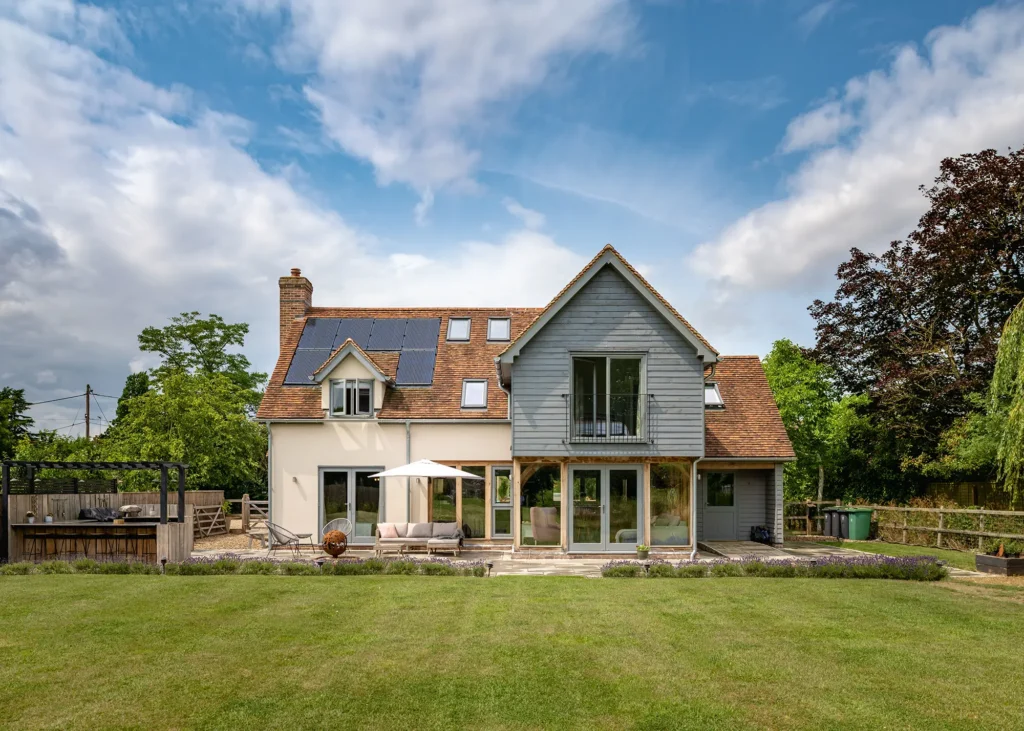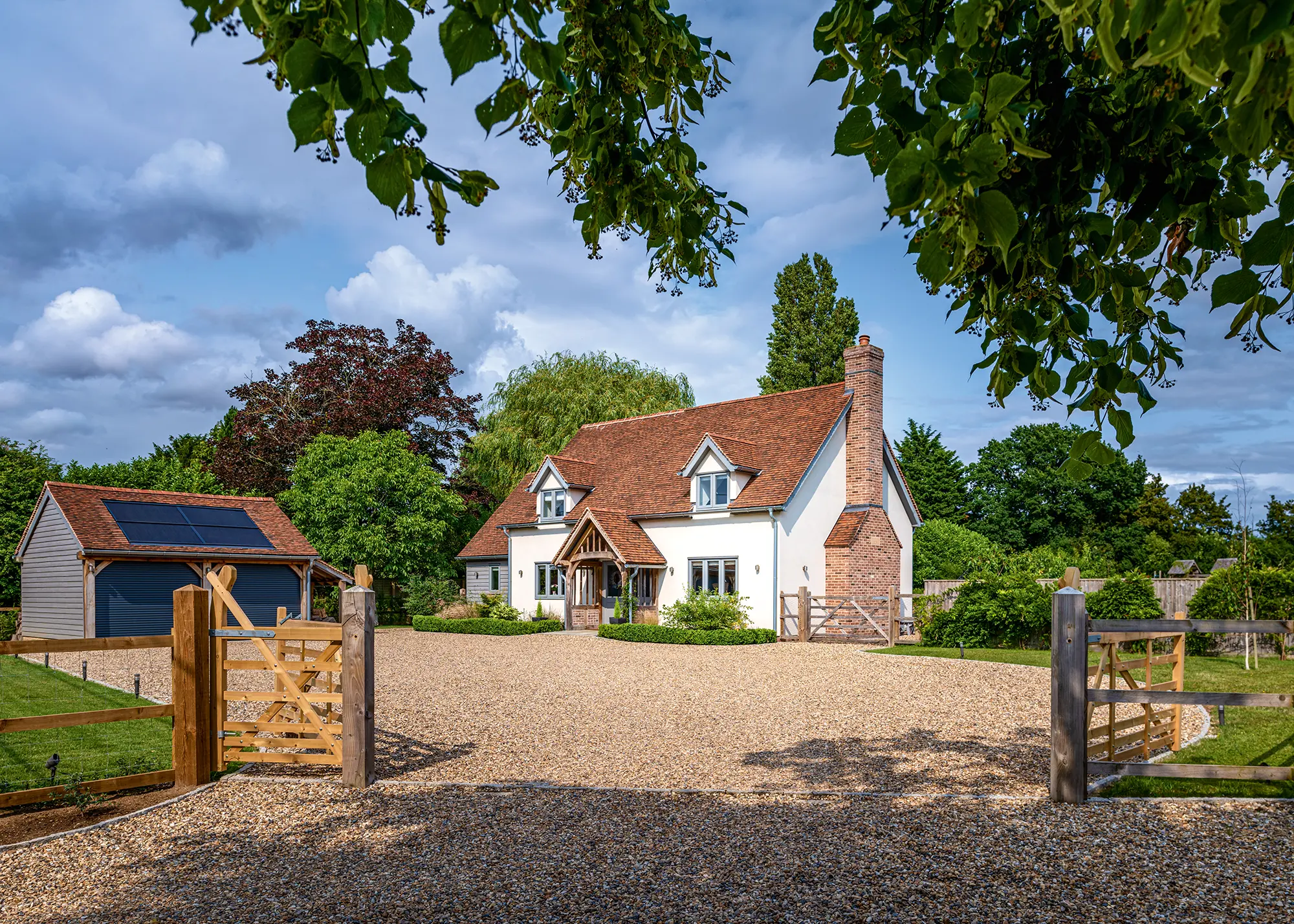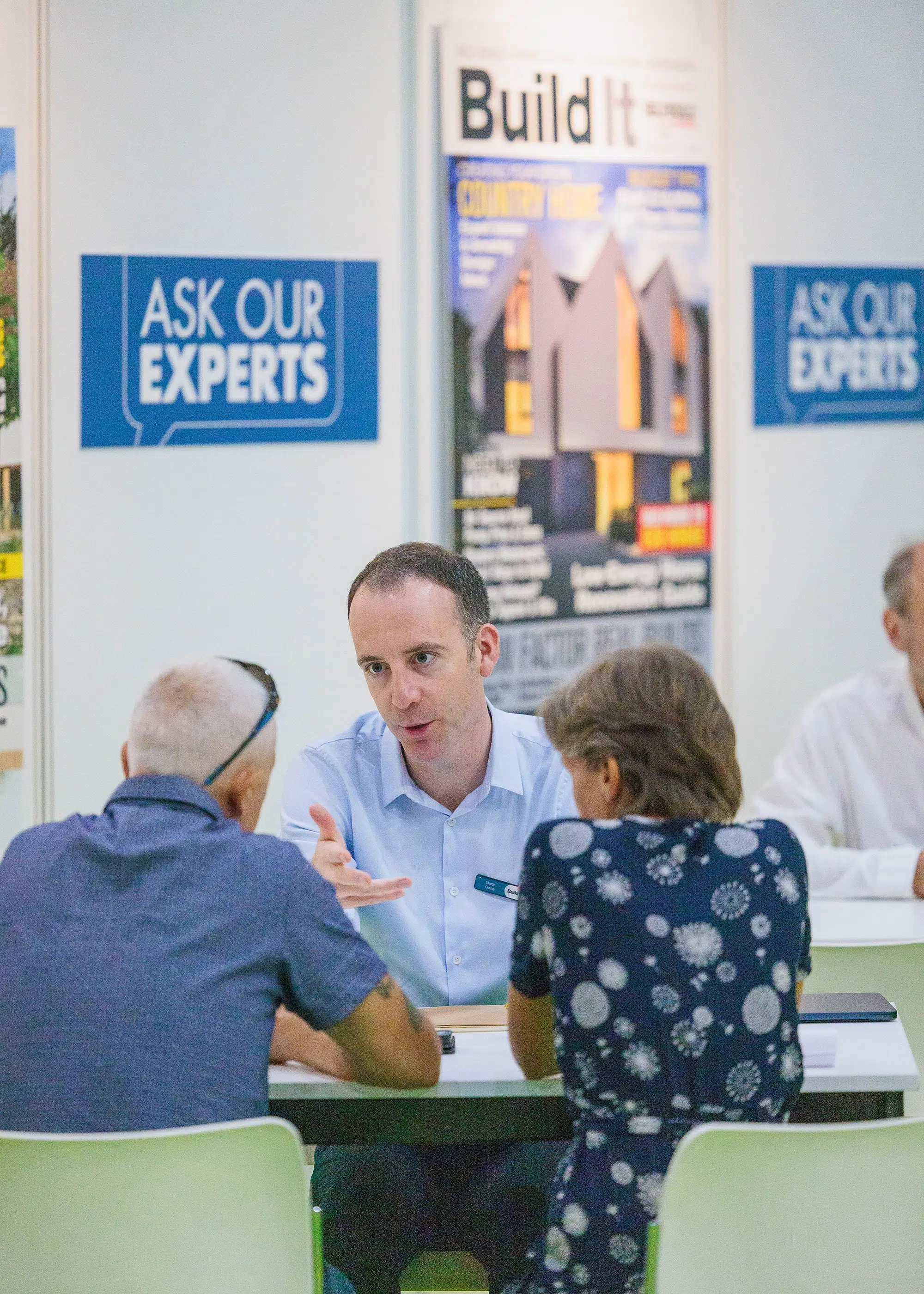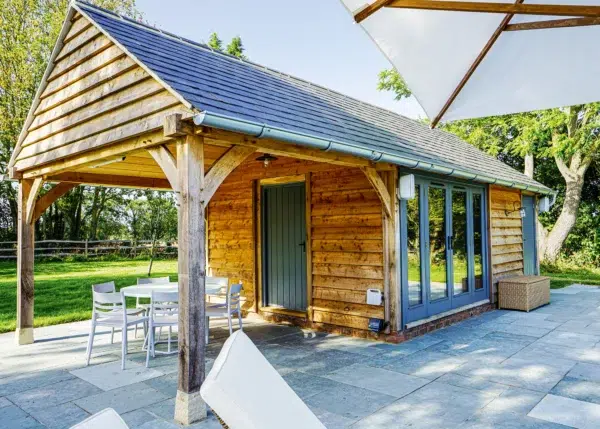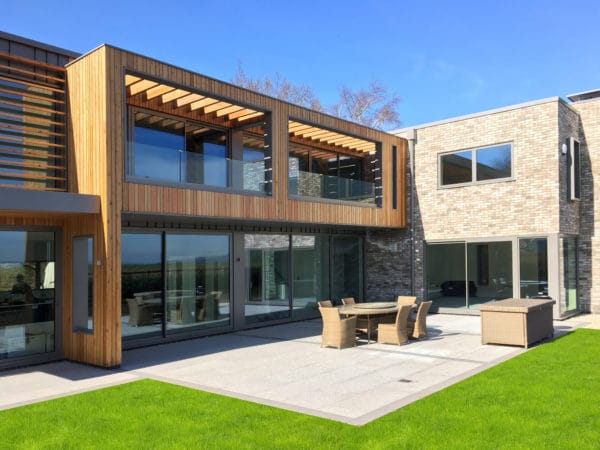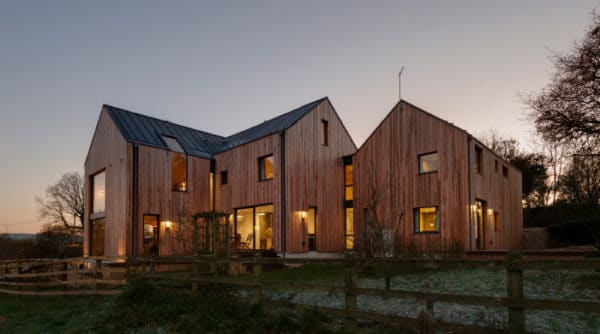When it comes to submitting a planning application, it’s a good idea to include some kind of written explanation of what you are proposing and why you think it should be approved. This supporting statement does not need to be long – for small projects, a cover letter is enough – but the case officer picking up your file for the first time will appreciate a basic outline of your proposal before they dive into the detailed drawings.
A supporting statement is especially important when you need to highlight key information that might otherwise be overlooked by your case officer, such as positive pre-application advice from the council, any changes made following earlier discussions or the presence of a very similar development at an existing neighbouring property. Do not assume that what is evident to you will be obvious to them!
To help you maximise your chances of planning success, here, I’m looking at the top 6 areas to note when putting together your planning application’s supporting statement, and answering your FAQs.
1. Don’t write too much in your supporting statement
The first rule is to resist the urge to write too much. For straightforward applications, such as a small home extension, the most effective approach is to provide a succinct, well-structured statement. A single-page document, laid out with clear, punchy bullet points, will communicate the key points far more efficiently than pages of dense text. However, for larger or more complicated projects and developments, you’ll need to provide more detail.
A comprehensive supporting statement will typically include five main subsections:
- Description of your site and surroundings.
- Outline of your proposed development.
- Any relevant planning history.
- Applicable planning policies.
- Your case for approval.
2. Ensure you’ve described your site accurately
When discussing the site, aim to make it easy for the case officer to identify the correct house or plot while also providing the necessary context. Bear in mind that they will mostly be interested in whether the new development harms the character of the area or the living conditions of your neighbours. So, focus on any features of the plot that will affect that assessment.

Photo: iStock.com/urbancow
For example, you could explain that houses in the area differ quite a lot in size and style, or that they are scattered around rather than laid out on a consistent building line. You may want to point out that lots of them have been extended in the past.
It’s important to really explain your relationship with close neighbours: how far away they are; what windows are close to the boundary with your site; whether tall hedges or fences separate the plots; and if there are any significant differences in land levels. Finally, the site description should state whether the property is affected by relevant planning constraints.
Let the case officer know if your house is nationally or locally listed, for example, or if it’s in a conservation area, the green belt or a flood zone.





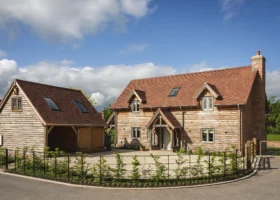


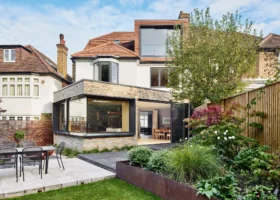
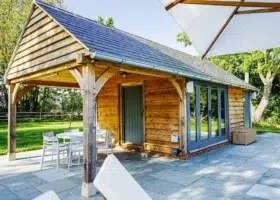
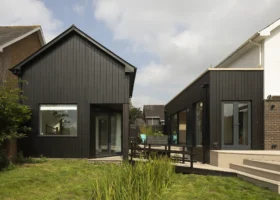
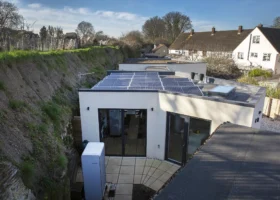


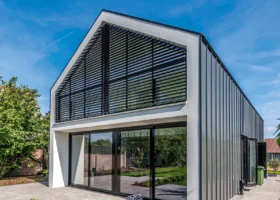


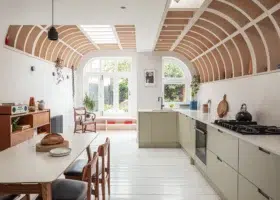


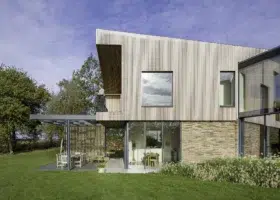


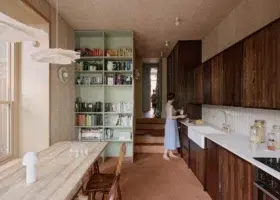
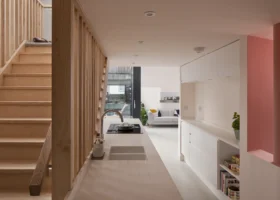
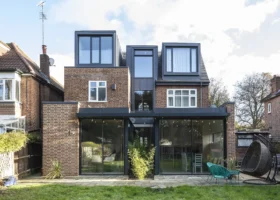
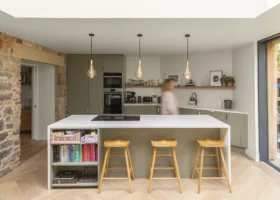

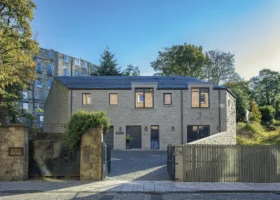
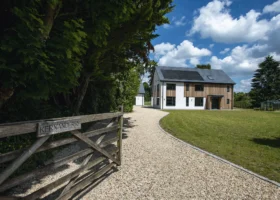

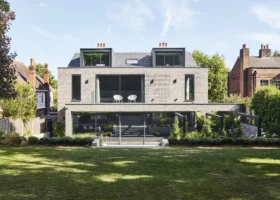






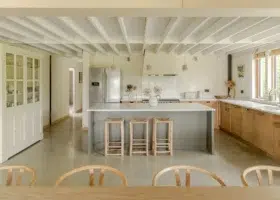
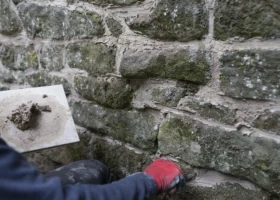


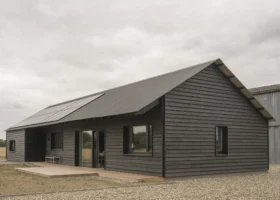
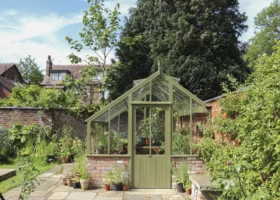
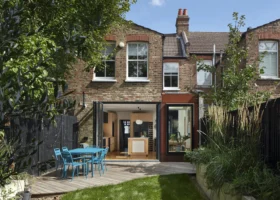


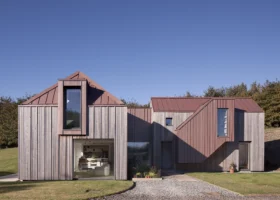
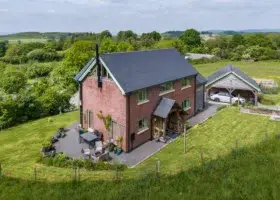
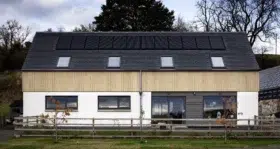



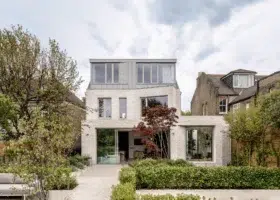
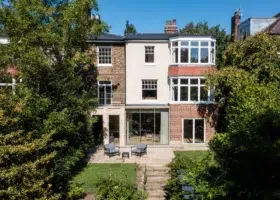

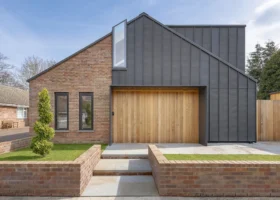
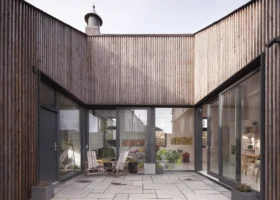
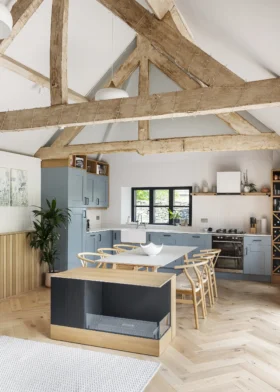
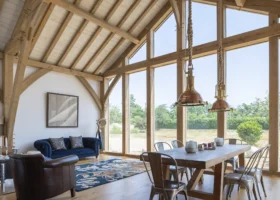
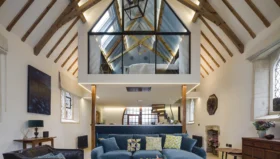
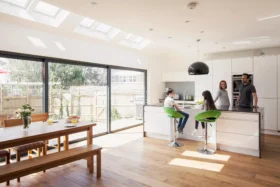
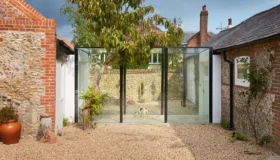

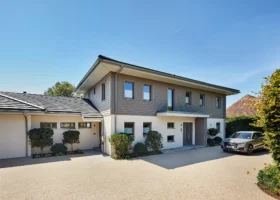

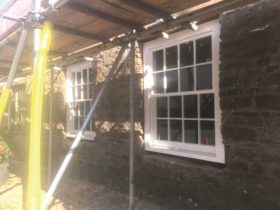
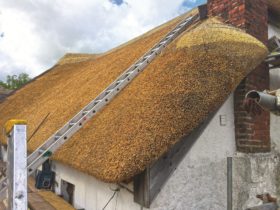
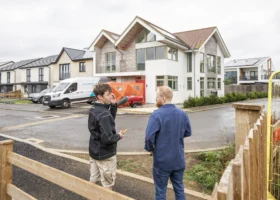



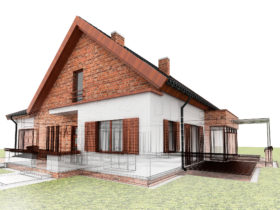


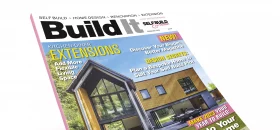
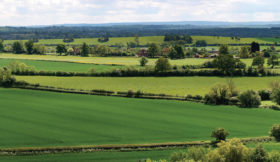
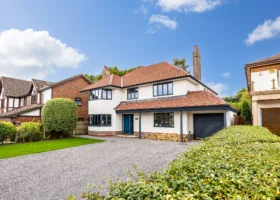
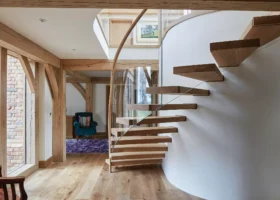







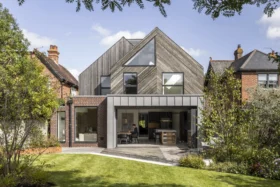





 Login/register to save Article for later
Login/register to save Article for later

